Sliding vs Non-Sliding Miter Saw – Which is Best for Your Needs?
-
Pete Ortiz
- Last updated:
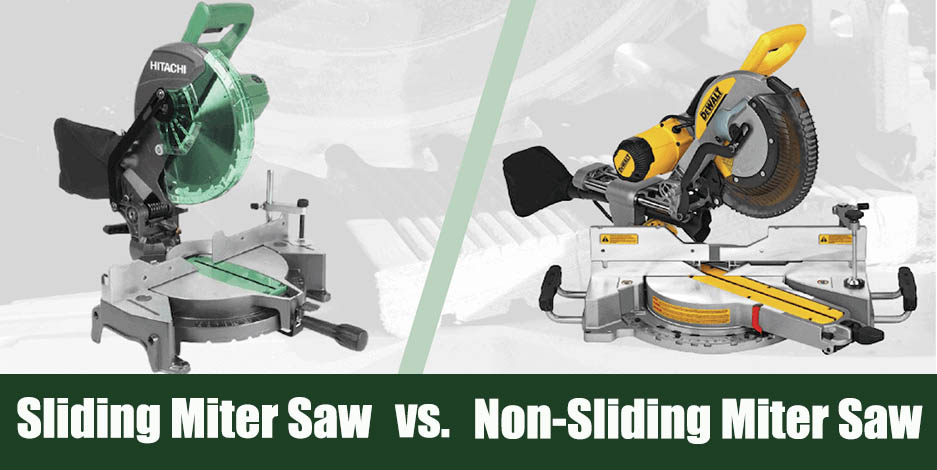
At this point, you have already decided that you need a miter saw. Now comes the more difficult task of choosing the features that your miter saw has. Two types of miter saws are the sliding and the non-sliding miter saw. Each saw is very functional and able to complete various projects; however, there are some significant differences. In this guide, we will help you see what the difference is between a sliding and a non-sliding miter saw. We will also include a few tips to help you choose one that will work best for you.
 Non-Sliding Miter Saw Overview
Non-Sliding Miter Saw Overview
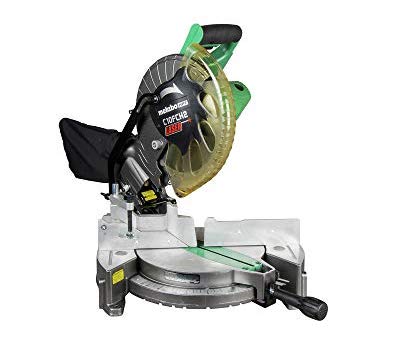
Basic Functions
The primary function of a non-sliding miter saw is to cut wood at an angle or straight. The non-sliding miter saw does best with wood that is not very wide. If you try to cut a wide piece, you have to cut part of it, flip it, and cut the other part. Since a non-sliding miter saw is just lifted up and down over a piece of material, you’re limited to the width of your cut.
Types of Cuts
Non-sliding miter saws do a great job cutting crosscuts, angles, bevels, and compound cuts. If you have tricky angles to cut, the non-sliding saw does a great job of getting this done quickly and efficiently. Non-sliding miter saws are easy to set, and you can keep the angles set to make work more efficient.
Blades
Your miter saw blade with match the size of your non-sliding miter saw. You can purchase different blades for cutting metal.
Non-Sliding Miter Safety
Always ensure your hands and fingers are out of the way when pulling the blade down for a cut. Many non-sliding miter saws also have automatic safety shut-offs and lights for better visibility.
Price
- Powerful
- Quick
- Easy to use
- Great for extreme angles
- 6″ cutting clearance
Sliding Saw Overview
A sliding miter saw is very similar, except that you can pull it towards you instead of just pulling the blade down. So, the sliding miter saw can cut a much wider board than a non-sliding miter saw can.
You will not have to flip the board and cut the other side as you would with the non-sliding. If you frequently cut larger boards, you will enjoy the sliding miter saw.
Basic Functions
The sliding miter saw can do all the same cuts as the non-sliding saw. The fact that it can slide does make it a little easier to work with.
Types of Cuts
The only time that a sliding miter saw will struggle is with complex angles. Sometimes, the extreme angles will be restricted when working with a sliding miter saw.
Blades
The blades for your sliding miter saw have to match the blade size of the saw you have. You can get different blade types to match the material you are cutting.
Sliding Miter Safety
Price
- Extended reach
- Clean, precise cuts
- Can accommodate large boards
- Expensive
- Complicated to readjust
- Not good for extreme angles
Which Saw is Right for Your Needs?
Now that you understand the difference between the sliding and non-sliding miter you have the difficult task of deciding which one is a better fit for you. We have broken down a few things you should consider to help you make the right choice.
Size of Wood
If you are cutting 12-inch boards, you will be doing a lot of flipping if your saw is a non-sliding saw. Working with 2 to 4-inch boards, you may enjoy the simplicity of the standard miter saw. Consider how often you will need to cut through wider strips of wood. If you only occasionally need this feature, you can use the non-sliding miter saw.
Size of the Saw
The sliding miter saw is bigger and heavier than the non-sliding miter saw. As you can imagine, it has quite a few more parts and a broad base. You can move a sliding miter saw around a job site if necessary, but it is not ideal. If you are looking for a saw that will stay in your shop, the size and portability may not matter as much.
 Angle of Cut
Angle of Cut
A sliding miter saw is not capable of cutting at extreme angles. Since the sliding miter saw has extra rails, it will block you from making this type of cut. Think about the angles you will be cutting before you buy.
If you have a lot of varying or extreme angles, you should go with the non-sliding miter saw since it is easier to set the angle and stick with it throughout your project.
The sliding saw can extend its reach to 12 or even 16 inches, more than twice the width of a non-slider. If you’re routinely working with boards that wide, you will thank yourself daily for buying the sliding miter saw. Since you’re only cutting once, all your cuts will be cleaner and more precise.
Conclusion
It’s hard to say that a sliding saw is better than a non-sliding one. The sliding saw has additional features that make it better suited for specific projects. If your budget restricts you to the non-sliding miter saw, don’t feel as though you are getting a bad saw. Both the non-sliding and sliding miters saws are essential tools for any woodworker or builder.
So why does anyone use a sliding style? Nowadays, many higher-end homes include massive crown moldings, and some historical renovations require oversized baseboards. These boards are over 6 inches wide and sometimes as wide as 12 inches. You can cut them on a non-sliding saw, but you will have to cut them twice. Doing this occasionally isn’t very time-consuming, but if you cut wide boards frequently, you’ll want a sliding saw.
Related Reads:
- CHOP SAW VS MITER SAW: WHICH ONE TO CHOOSE?
- SCROLL SAW VS JIGSAW: WHICH IS BEST FOR YOUR NEEDS?
- MITER SAW VS CIRCULAR SAW: WHICH IS BEST FOR YOUR NEEDS?
Header and featured image credit: fabiol, Pixabay
Contents

 Non-Sliding Miter Saw Overview
Non-Sliding Miter Saw Overview
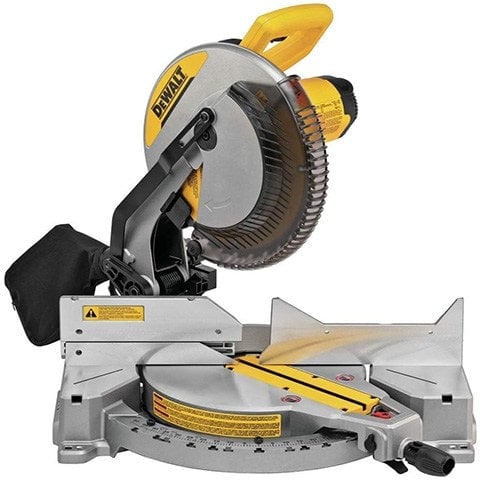
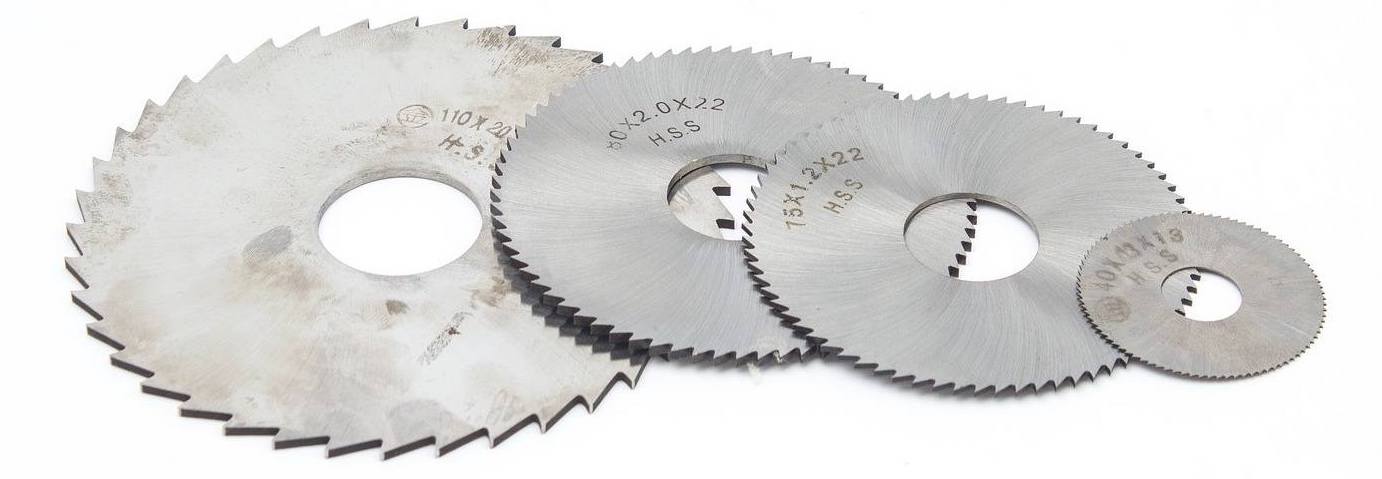
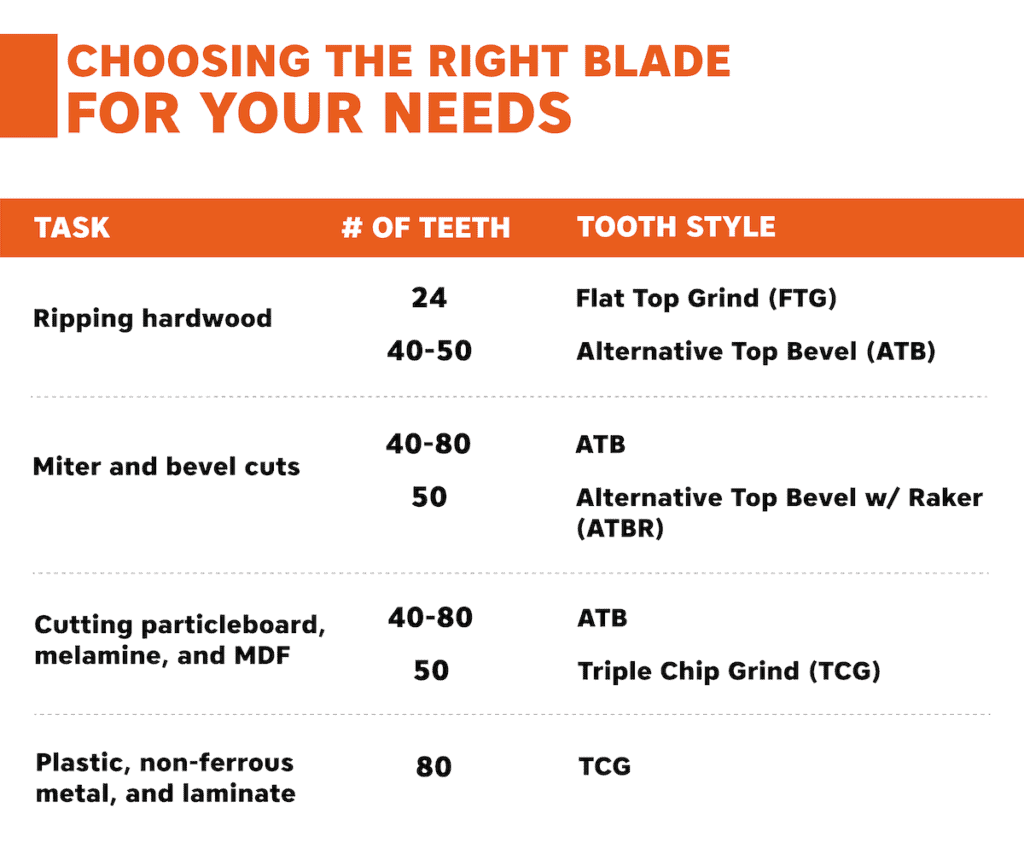
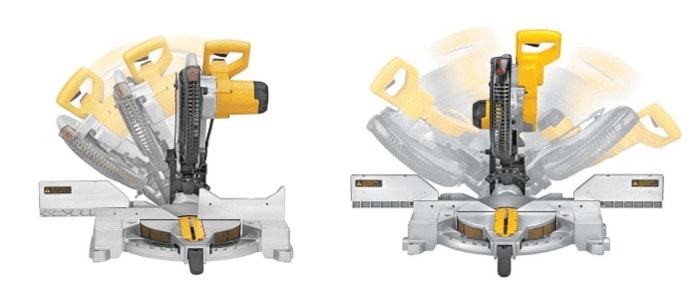
 Angle of Cut
Angle of Cut